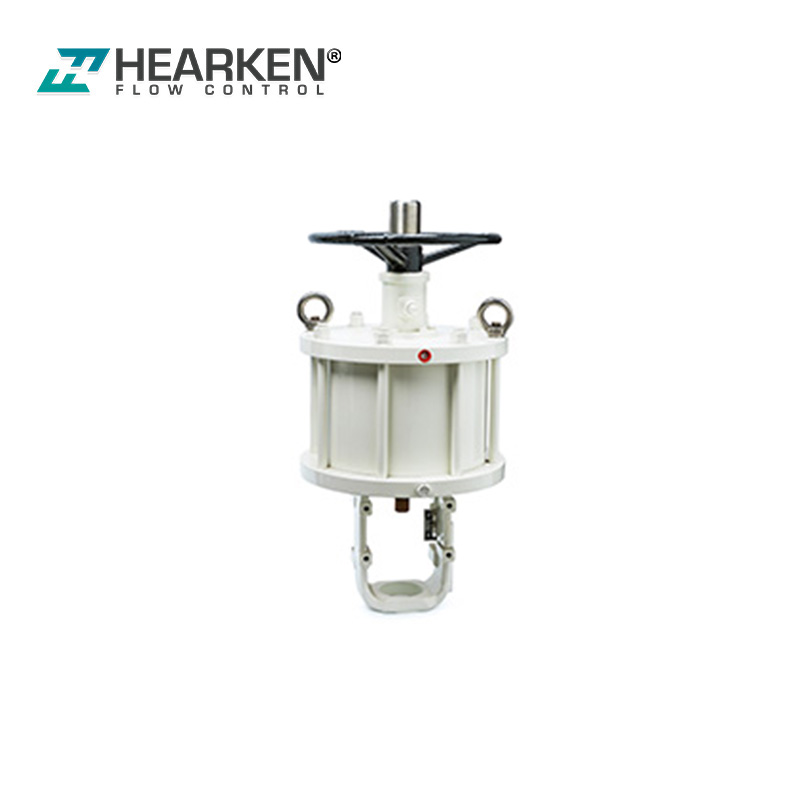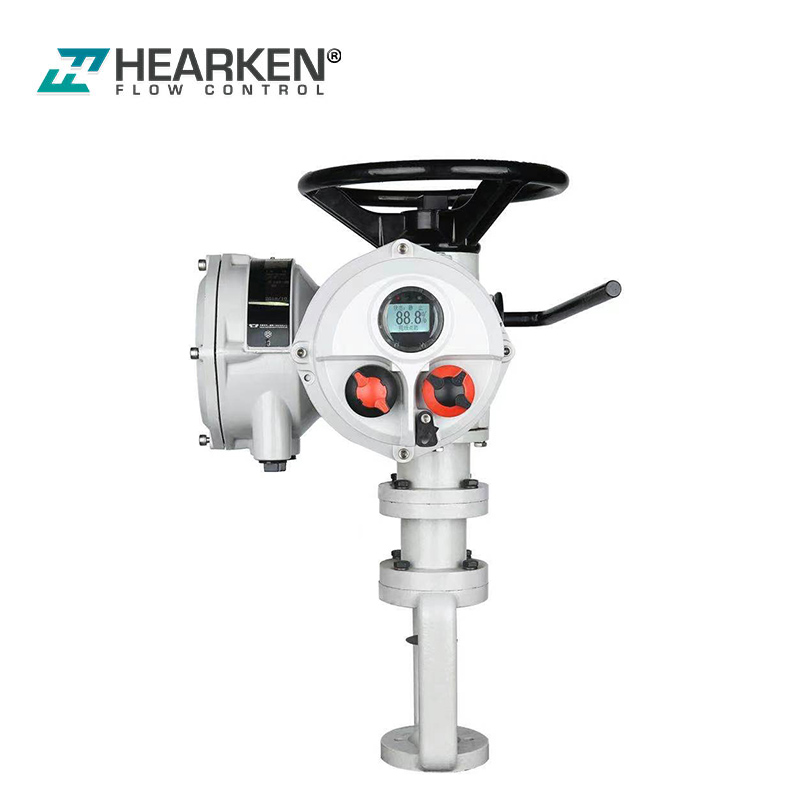Pneumatic vs. Electric Linear Actuators: Key Differences and Applications
Linear actuators are essential components in automation, converting energy into linear motion. The two most common types are Linear Pneumatic Actuators and Linear Electric Actuators, each with distinct advantages and ideal use cases. Understanding their differences helps engineers and designers select the best solution for their applications.
I. Working Principle
Linear Pneumatic Actuator
Pneumatic actuators use compressed air to generate motion. When air pressure is applied to a piston inside a cylinder, it moves linearly, producing force. These actuators are known for their simplicity, high speed, and reliability in harsh environments.

Linear Electric Actuator
Electric actuators use an electric motor (typically stepper or servo) to drive a lead screw, ball screw, or belt mechanism, converting rotary motion into linear movement. They offer precise control over position, speed, and force, making them ideal for applications requiring accuracy.

II. Key Differences
| Feature | Pneumatic Actuator | Electric Actuator |
| Power Source | Compressed air | Electricity |
| Speed | Very fast (high-speed applications) | Adjustable, generally slower |
| Force Output | High force at lower costs | Moderate to high force (depends on motor) |
| Precision & Control | Limited (on/off or basic positioning) | Highly precise (programmable positioning) |
| Maintenance | Low maintenance but requires air supply | Higher maintenance (mechanical wear) |
| Cost | Lower initial cost | Higher initial cost |
| Noise Level | Noisy (air exhaust) | Quiet operation |
| Environmental Impact | Requires air compressor (energy inefficiency) | Energy-efficient, no air leaks |
III. Applications
Best Uses for Pneumatic Linear Actuators
High-speed automation (packaging, assembly lines)
Heavy-duty industrial applications (pressing, clamping)
Hazardous environments (explosive or dusty conditions)
Best Uses for Electric Linear Actuators
Precision positioning (robotics, CNC machines)
Clean environments (medical devices, food processing)
Applications requiring programmable motion control
IV. Which One Should You Choose?
Choose Pneumatic if you need fast, powerful, and cost-effective motion in industrial settings.
Choose Electric if you require precision, programmability, and quiet operation with better energy efficiency.
Both types have their strengths, and the best choice depends on your specific application requirements. By understanding their differences, you can optimize performance, efficiency, and cost in your automation systems.





